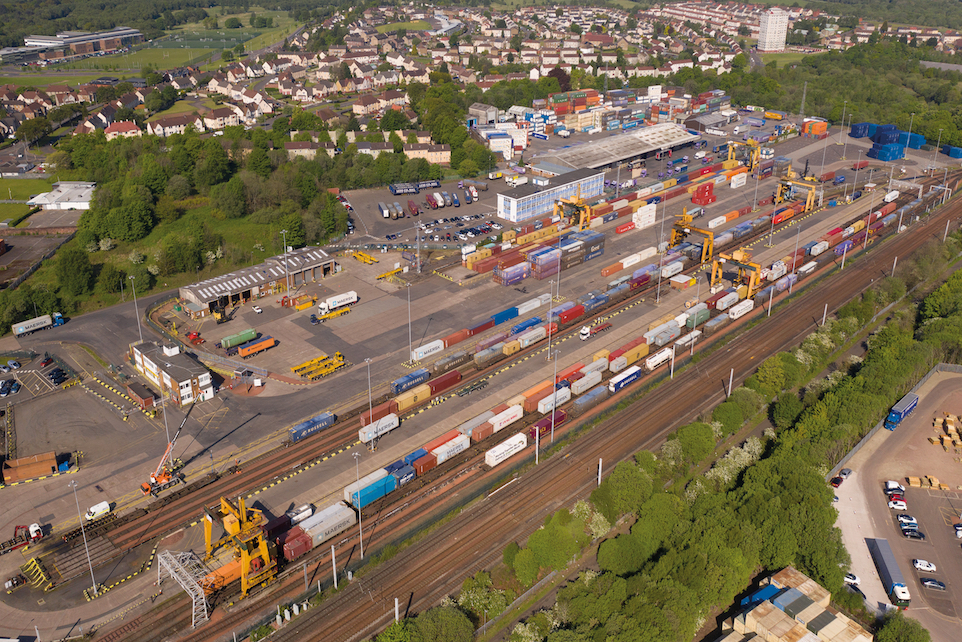The Rail Freight Group, which represents the industry in the UK, has heard that Scotland’s potential for growth could benefit the UK as a whole. Despite that good economic outlook, the Scottish government has decided to suspend its Modal Shift Revenue Support scheme due to a strained budget. That, however, may not be the death-knell for the ambitions to see a significant increase in cross-border intermodal traffic.
In a recent address, the Scottish Government Cabinet Secretary for Transport, Fiona Hyslop, told the Group that the Government at Holyrood recognises the need for certainty and stability. She told the RFG’s Scottish conference that it remained policy to support businesses and deliver key objectives such as decarbonisation and highlighted the investments being made to improve the railway.
Plans in hand for expansion of services
There are words of encouragement from Government sources, including setting freight growth targets and policy objectives. However, the industry could have cause to complain that it is being left to fend for itself. Nevertheless, developments within the “Tartan Triangle” – the three major intermodal terminals at Grangemouth, Coatbridge and Mossend – suggest that the industry is making the best of the current situation.

Only last week, Coatbridge came under Scottish ownership, transferring from Freightliner to the Russell Group, with plans already in hand for expanding services. Grangemouth, which sits within the River Forth Green Free Port, has been extensively modernised recently, and Mossend progresses slowly but steadily towards becoming a major logistics hub.
Capacity enhancements already implemented
However, there is an emphasis on upgrading Scotland’s trunk route infrastructure rather than developing new rail freight destinations. Alex Hynes, the outgoing managing director of Scotland’s Railway (the branding for the partnership between the government-run railway and infrastructure agency Network Rail), also addressed the RFG. He emphasised that there are work and plans for delivering a better railway for freight through the next five years (Network Rail’s “Control Period 7”). However, Hynes outlined the challenges of climate change on the railway infrastructure – something which has been an acute problem in the harsher Scottish weather.
Transport Scotland, the Scottish Government’s agency, already outlined that if legislated targets for a net-zero economy are to be met, rail freight may have to deliver several dozen more daily services – primarily intermodal. Many of those trains would come via the West Coast Main Line, where capacity enhancements have already been implemented with freight in mind – notably Carstairs Junction, where the route diverges to Glasgow and Edinburgh.
The WCML remains the focus of further freight-centric improvements – although not all of them in Scotland. The Network Rail TRILINK (West Coast Upgrade Programme) in North West England will have direct benefits for Scottish traffic. Much of the existing and expected demand for Anglo-Scottish freight traffic comes on the back of intermodal trains routed along the busiest of mixed traffic routes. Like the recent revision of net-zero interim targets, Scottish rail freight may now be on a slow build-up to later, rapid expansion.